Are you worried About How to Design a Home Office for Maximum Productivity and Comfort? You’re
in the Right Place to Sort It Out. In this guide, we’ll share practical and stylish home office design
ideas to help you build a productive workspace that suits your needs.
Designing a home office isn’t just about aesthetics; it’s about creating an environment where
productivity thrives. Whether you’re working remotely full-time or occasionally, the design of your
home workspace plays a crucial role in your efficiency and mental well-being.
Choosing the Right Location for Your Home Office
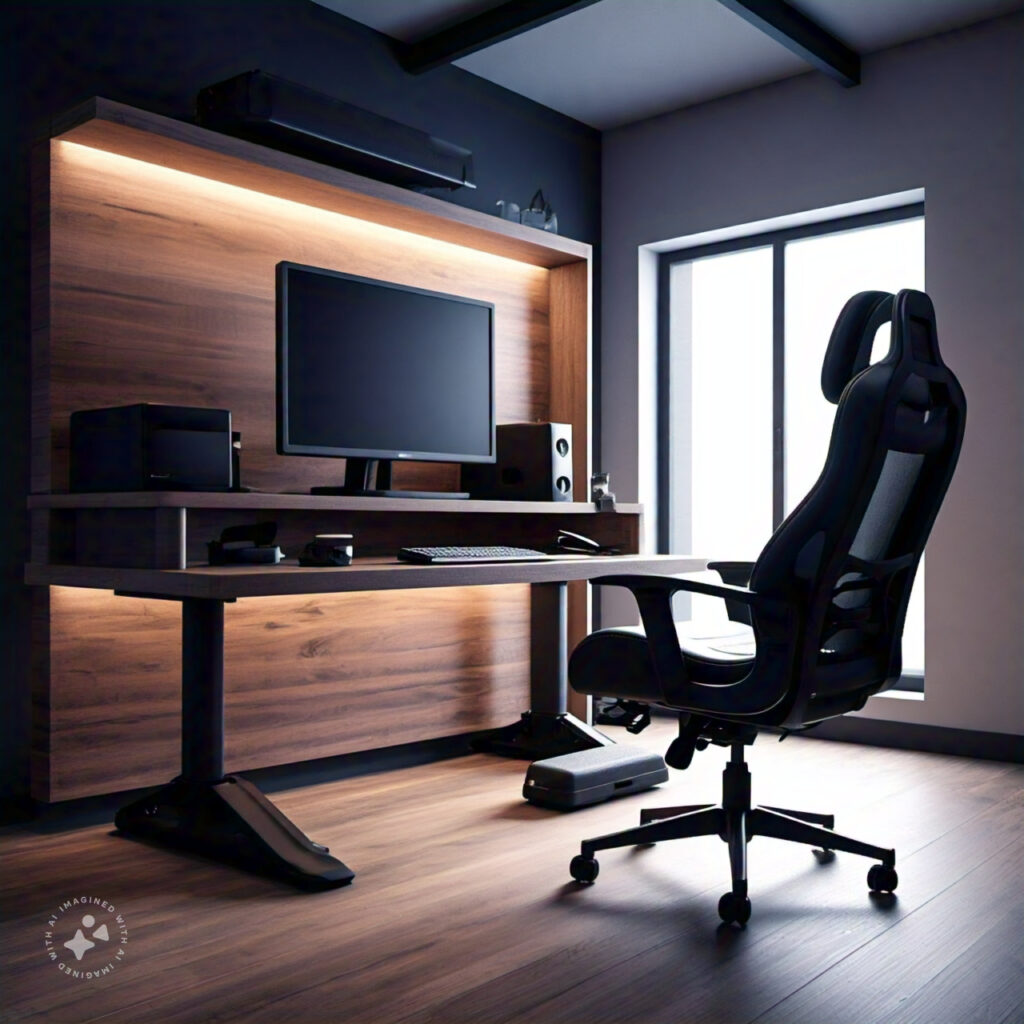
Dedicated vs. Shared Space
If possible, dedicate an entire room to your home office. If not, carve out a specific corner in a
quieter area of your home. A dedicated space ensures fewer distractions and a better work-life
balance.
Natural Light and Ventilation
Position your desk near a window for natural light and fresh air—it boosts mood, reduces eye strain,
and enhances productivity. If natural light is limited, opt for bright LED lights that mimic daylight.
Noise Considerations
Avoid setting up in high-traffic areas or near noisy appliances. If noise is unavoidable, consider noise
canceling headphones or installing soundproof panels on your walls.
Ergonomic Furniture Essentials
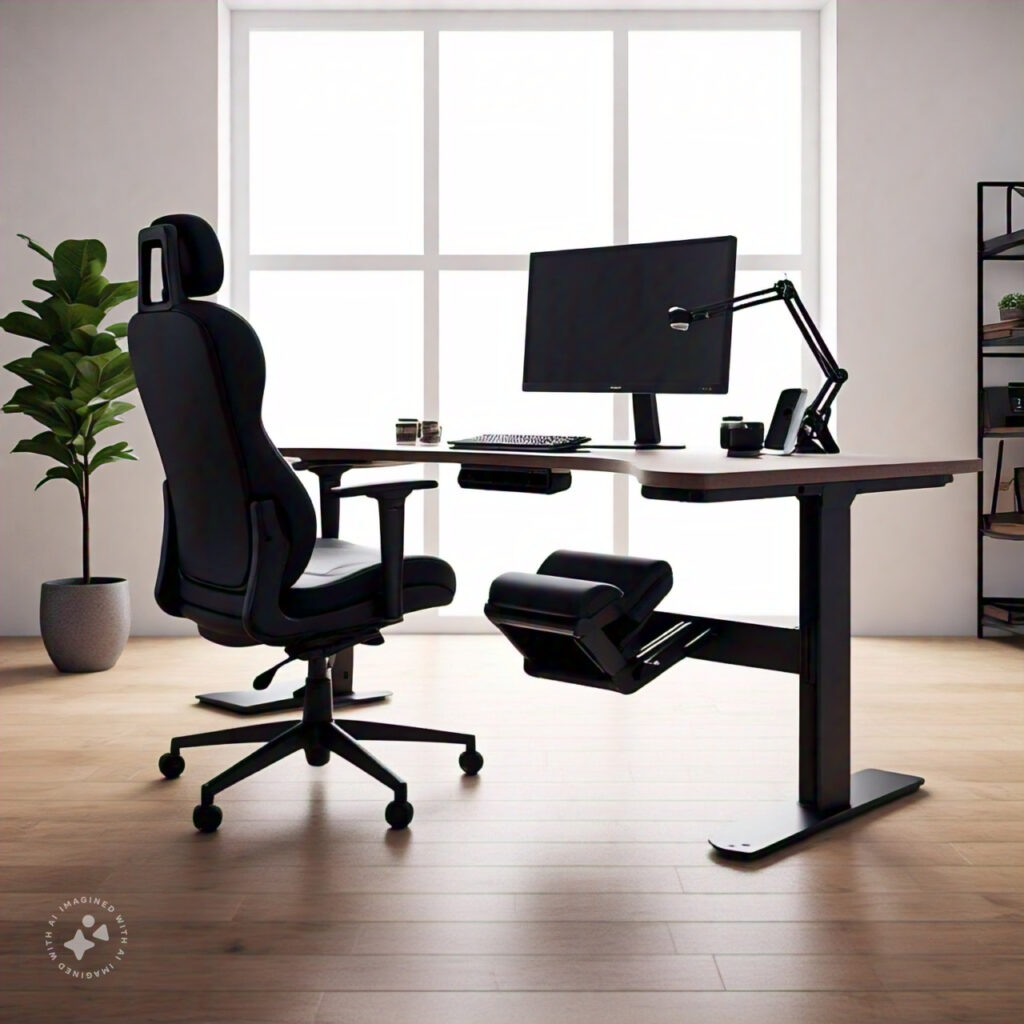
Importance of an Ergonomic Chair
Your chair is one of the most important investments in your home office. An ergonomic chair
supports your spine, reduces back pain, and improves posture, making long work hours more
comfortable.
Choosing the Right Desk Height
Ensure your desk allows you to sit comfortably with your arms at a 90-degree angle when typing.
Adjustable standing desks are an excellent option for switching between sitting and standing
positions.
Additional Furniture for Comfort
A footrest, monitor stand, and keyboard tray can enhance your comfort and prevent physical strain
during long hours of work.
Optimal Lighting Solutions
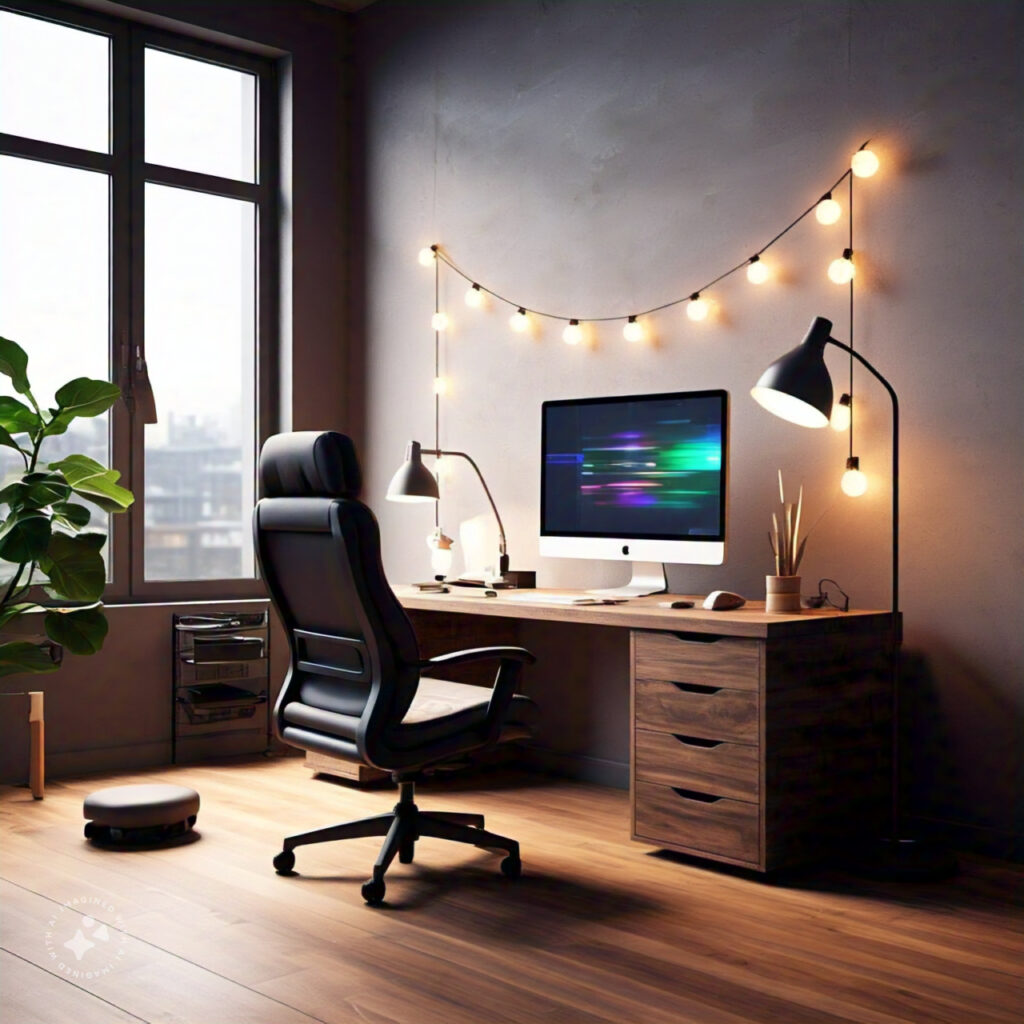
Natural vs. Artificial Lighting
Natural light reduces eye strain and boosts your mood. If natural light is limited, use full-spectrum
LED lighting for a balanced and comfortable workspace atmosphere.
Task Lighting for Specific Needs
Use adjustable desk lamps with warm light for tasks requiring focus. Task lighting minimizes eye
fatigue and improves visibility.
Ambient Lighting Ideas
Soft ambient lighting creates a cozy and inviting workspace. Use floor lamps, wall sconces, or string
lights for a warm glow.
Personalizing Your Home Office Decor
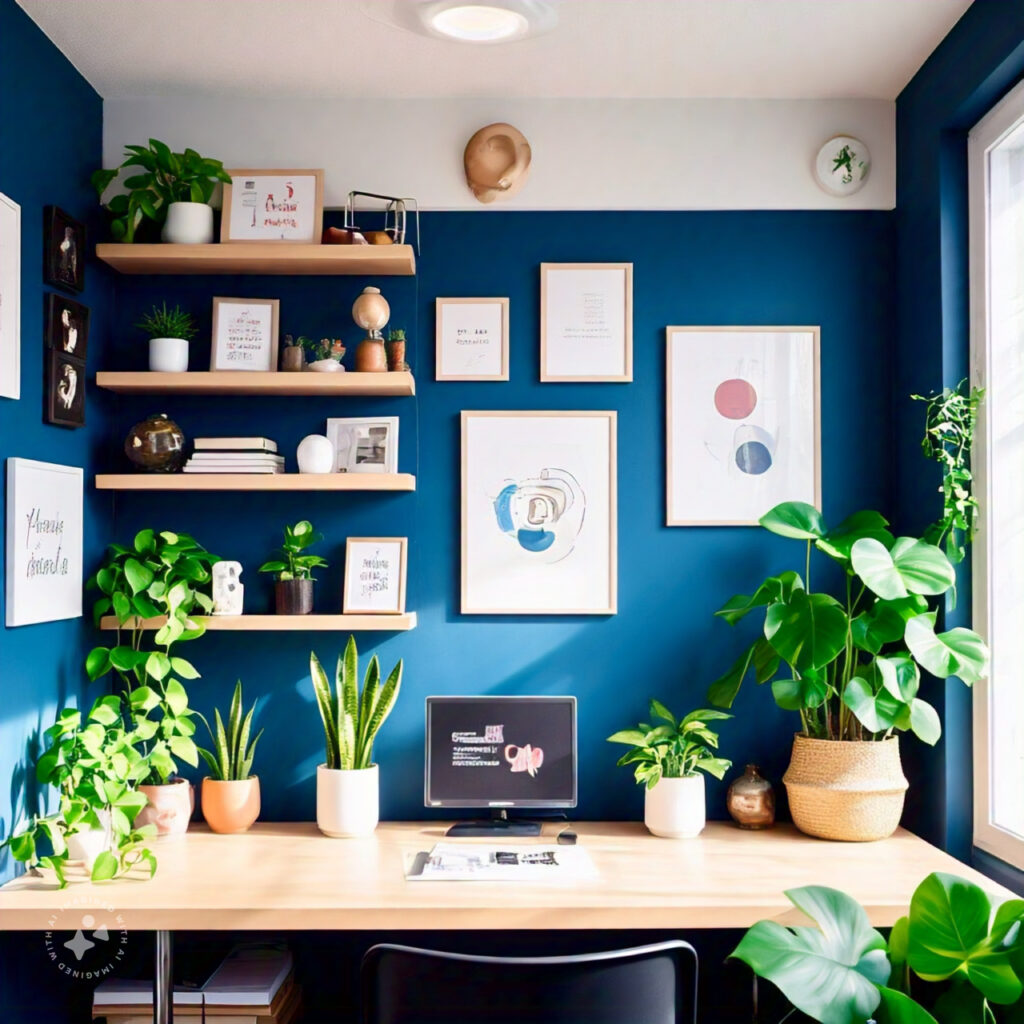
Adding Inspirational Art and Quotes
Surround yourself with art pieces, motivational quotes, or personal achievements to stay inspired
throughout your workday.
Using Plants for a Refreshing Touch
Indoor plants not only improve air quality but also create a calming atmosphere. Low-maintenance
plants like snake plants or pothos are ideal.
Color Psychology in Workspace Design
Colors impact mood and productivity. Blue tones encourage focus, while green promotes calmness.
Avoid overly bright or distracting colors in your workspace.
Technology and Connectivity
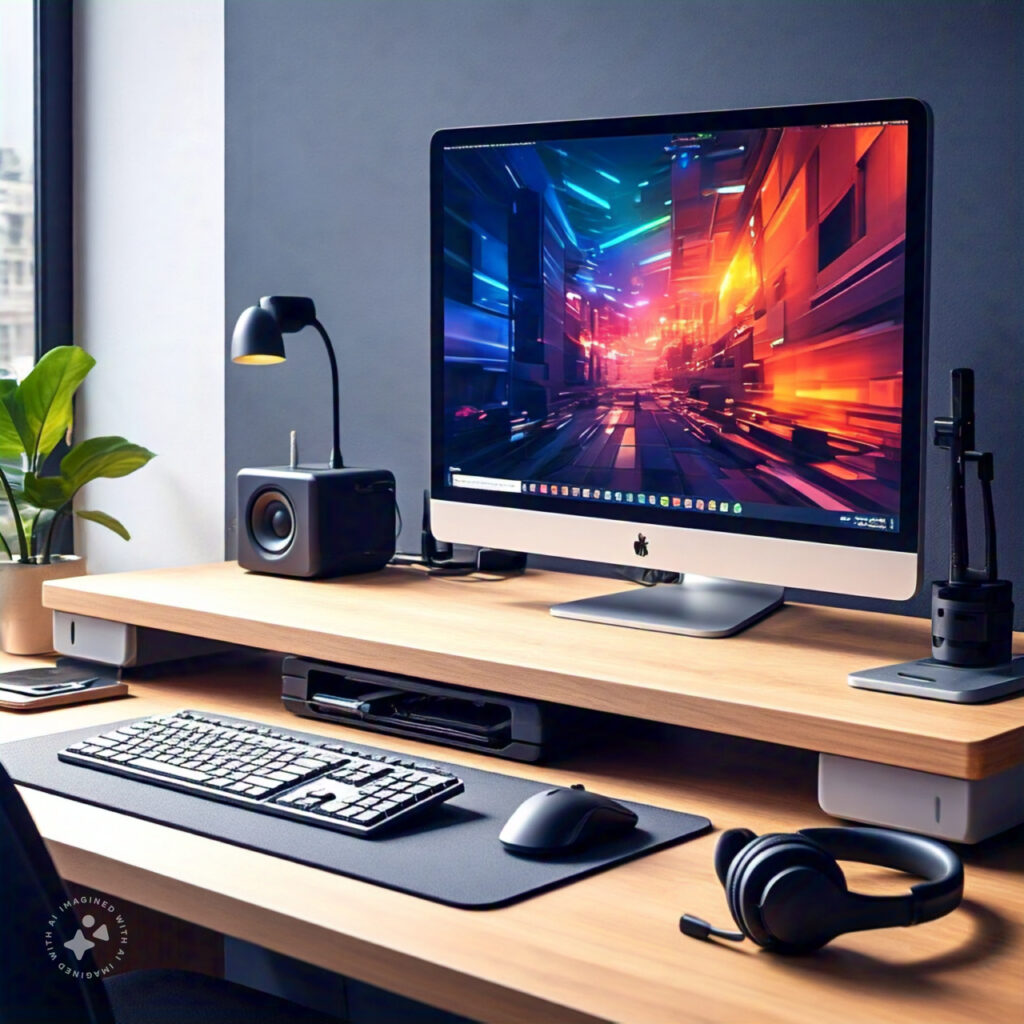
Essential Gadgets for Efficiency
Invest in essential gadgets like a high-quality monitor, wireless keyboard and mouse, and noise
canceling headphones.
Cable Management Tips
Keep your workspace tidy with cable management tools like cable clips, sleeves, and under-desk
trays.
Reliable Internet Connection
A stable internet connection is non-negotiable for remote work. Consider upgrading to a high-speed
plan or use a Wi-Fi booster for seamless connectivity.
Storage Solutions for a Clutter-Free Space
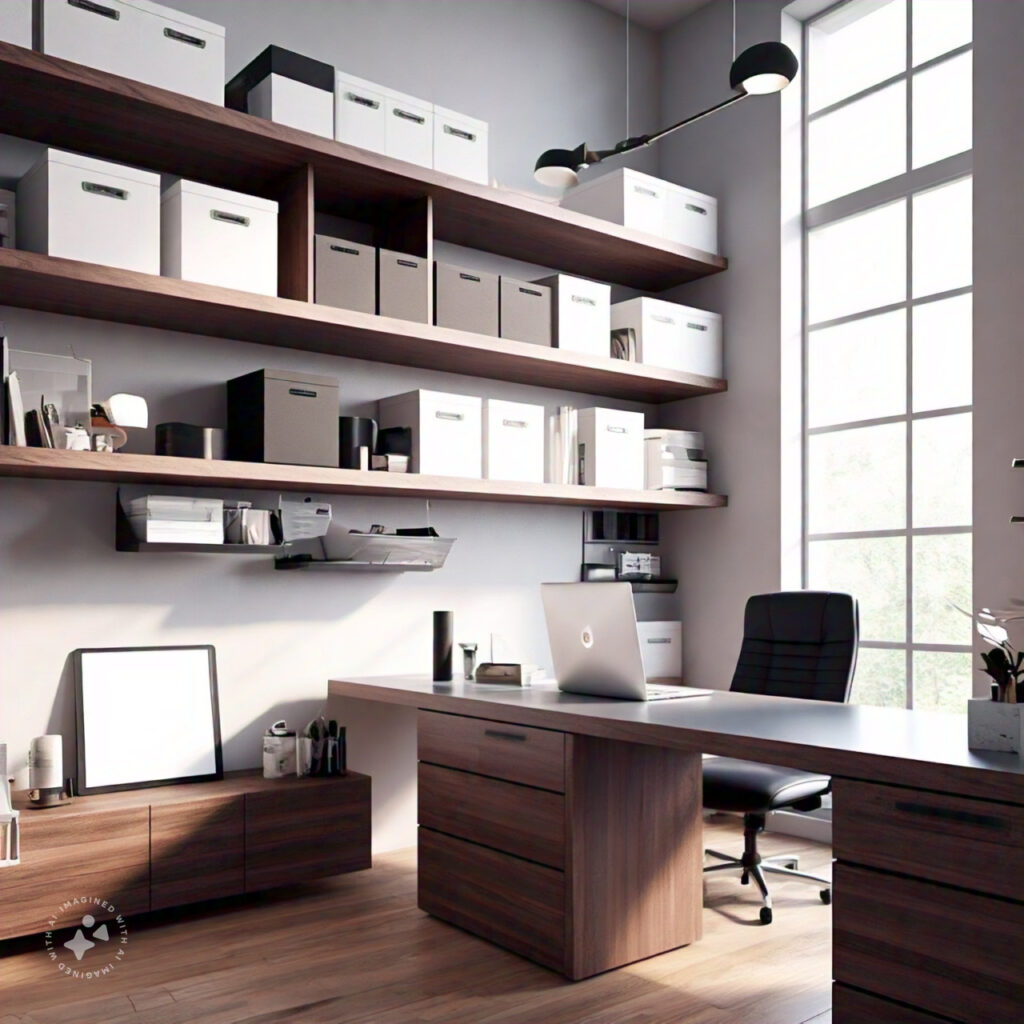
Utilizing Shelves and Cabinets
Floating shelves and under-desk cabinets maximize vertical space and keep essentials within reach.
Creative Storage Hacks
Use storage boxes, drawer dividers, and wall-mounted organizers to keep your space tidy.
Digital Storage Options
Digitize paperwork and use cloud storage platforms like Google Drive or Dropbox to reduce physical
clutter.
Creating a Distraction-Free Environment
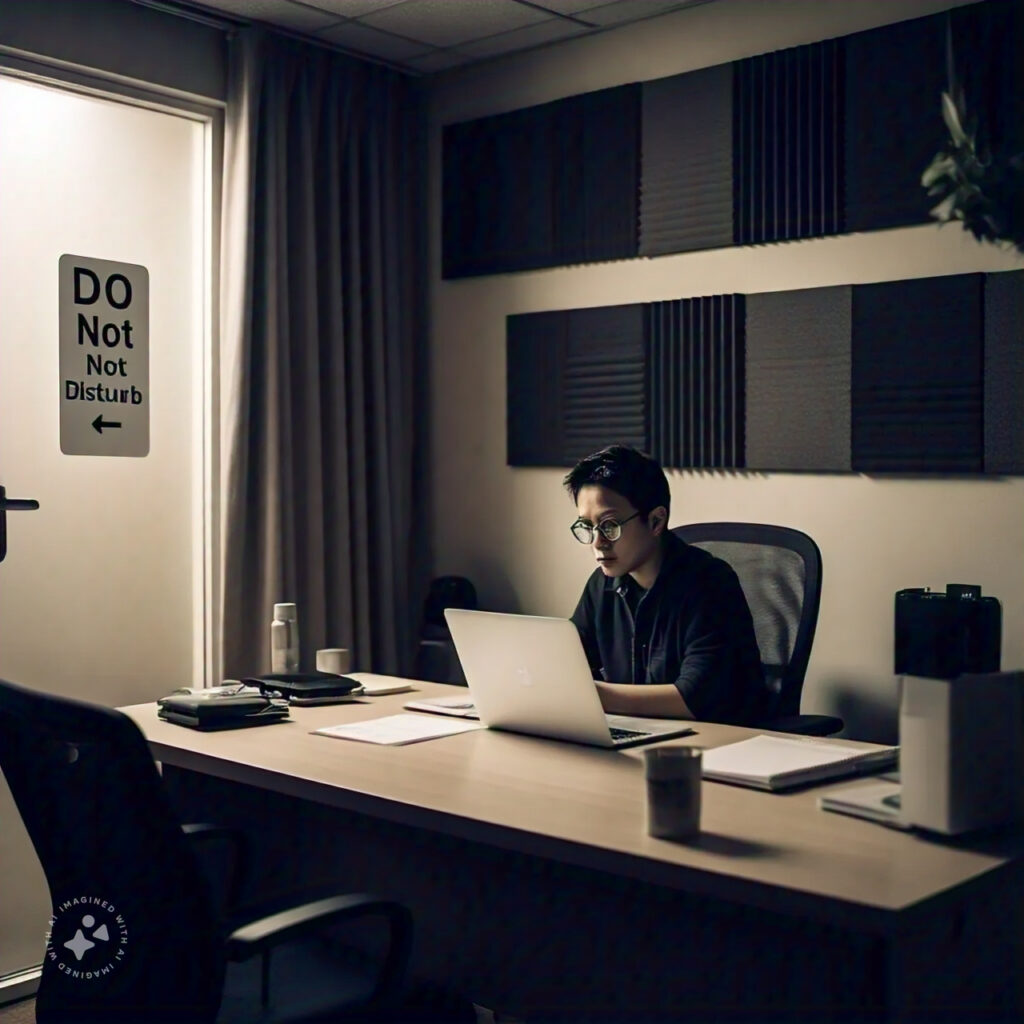
Soundproofing Tips
Install acoustic panels, thick curtains, or a white noise machine to minimize distractions.
Managing Household Interruptions
Set clear boundaries with family members and communicate your work hours effectively.
Setting Boundaries with Family Members
Use visual cues like a “Do Not Disturb” sign on your office door to indicate focused work time.
Incorporating Productivity Tools
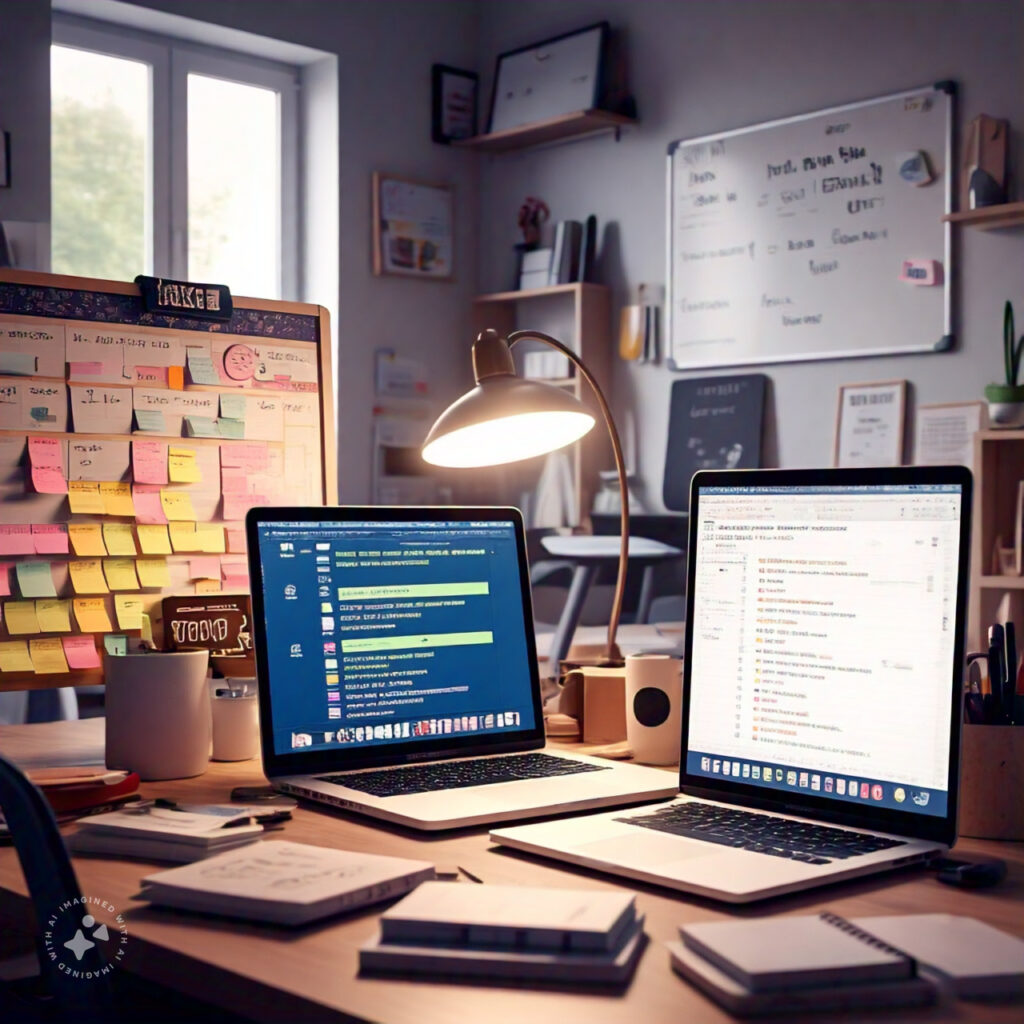
Time Management Tools
Use tools like Trello, Asana, or Google Calendar to manage your tasks and deadlines effectively.
Productivity Apps and Software
Apps like Todoist, Evernote, and Zoom streamline productivity and communication.
Whiteboards and Planners
A physical whiteboard or planner helps you visualize tasks, deadlines, and goals efficiently.
Balancing Comfort and Professionalism
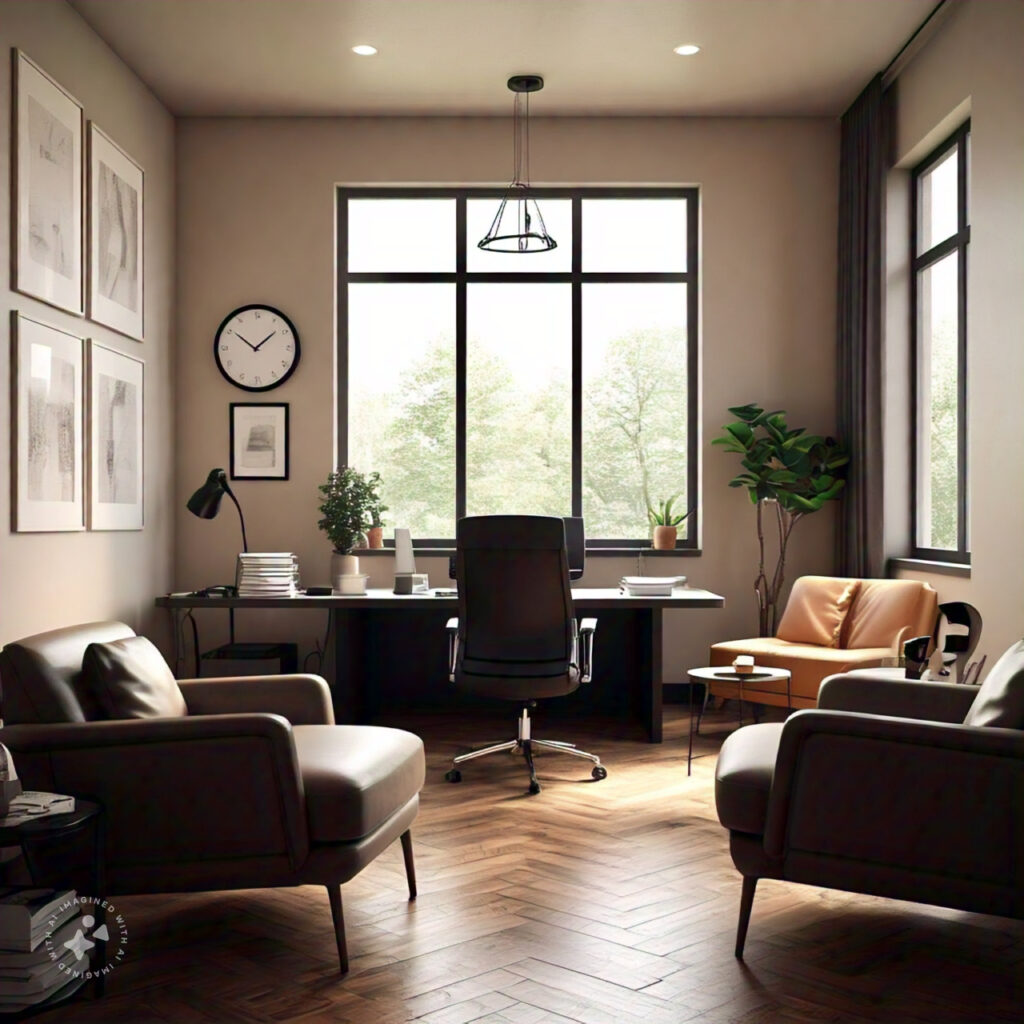
Creating a Cozy Yet Professional Vibe
Blend comfort with professionalism by choosing sleek furniture, neutral tones, and stylish decor.
Multi-Functional Furniture Ideas
Opt for furniture that serves dual purposes, like a foldable desk or storage ottoman.
Maintaining a Clean and Organized Space
A clutter-free environment promotes focus and reduces stress. Make it a habit to tidy up daily.
Conclusion
Designing a productive home office requires a balance between aesthetics, functionality, and
personal comfort. From ergonomic furniture and effective lighting to distraction-free setups and
budget-friendly tips, every detail contributes to building an inspiring workspace. Follow these home
office design tips to create a space where creativity and productivity can flourish.
An ideal desk setup includes an ergonomic chair, proper desk height, and optimal monitor placement
for reduced strain.
Use noise-canceling headphones, set clear boundaries with family, and soundproof your workspace.
Opt for DIY decor, second-hand furniture, and creative storage hacks.
Invest in an ergonomic chair, adjustable desk, and monitor stand to ensure proper posture.
Blue promotes focus, green enhances calmness, and neutral tones maintain professionalism.

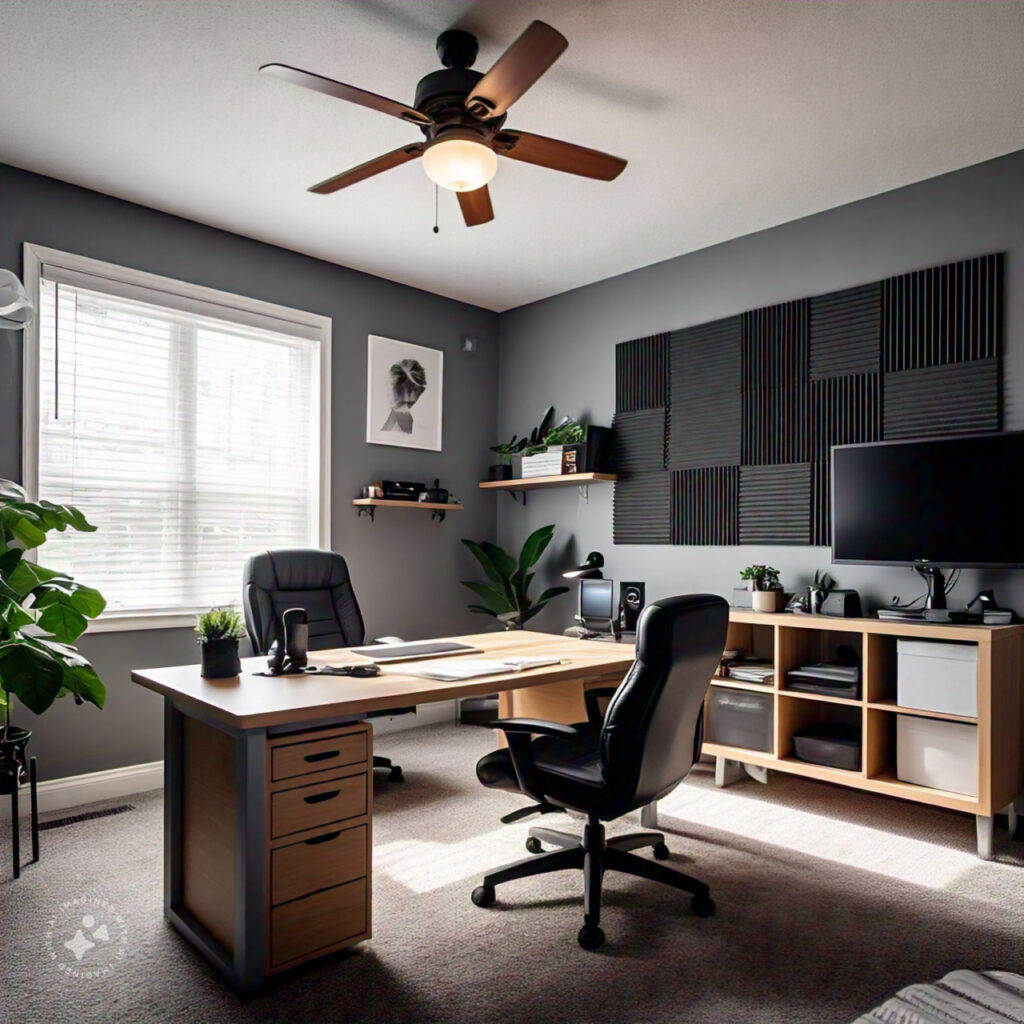
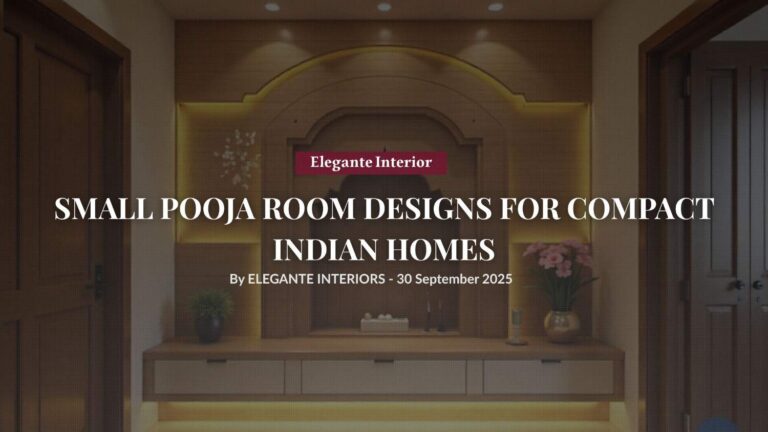

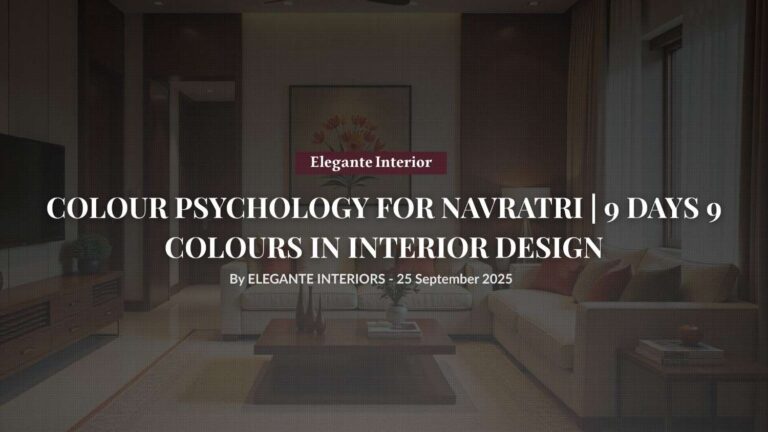

Leave a Reply